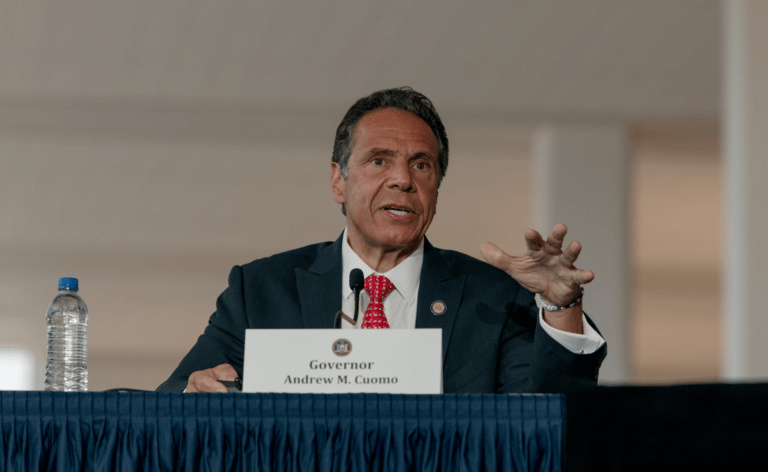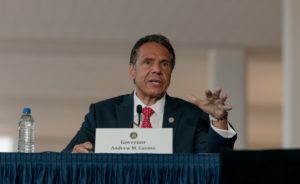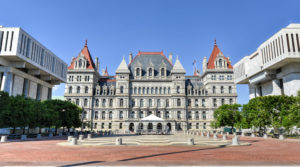Issues & Insights: Cuomo’s many abuses show why the separation of powers matters

During the COVID-19 pandemic, former New York Governor Andrew Cuomo was breathlessly heralded as “the politician of the moment” and the “authoritative voice in the crisis.” His press briefings were carried live on all major news networks and even won him an Emmy. He was seen as decisive and in charge, and he even wrote a bestselling book highlighting his pandemic “leadership.”
It later came to light that Cuomo deliberately obscured data showing the scale of nursing home deaths. His catastrophic policies requiring nursing homes to take infected patients likely resulted in more fatalities.
But a recent POLITICO story paints perhaps an even more disturbing and damning picture of Cuomo’s one-man rule during the pandemic. Cuomo routinely ignored the advice of department of health experts on questions such as whether to send protective equipment. He also consistently ignored the metrics set by his own department to determine when businesses would be allowed to reopen.
His announcements, made without notice or consultation, left his advisors scrambling. One member of his COVID-19 task force noted that Cuomo “was managing by press release, by press conference” rather than responding to evidence.
In one particularly head-scratching incident, Gov. Cuomo proposed deputizing half of the state health department’s employees to check restaurants for compliance with the state’s ever-shifting mask and capacity limit rules — not for public health’s sake, but only so that Gov Cuomo could tout the number of tickets issued during his news briefings.
His staff was too afraid to explain to him that this terrible idea would impede the state’s pandemic response. And so, to appease the Governor, a token number of agency staffers went out to gather pictures of enforcement actions that he could show during his press conference. These antics were not about protecting public health but about bolstering the Governor’s image.
This all meant that the fate of the more than two million small businesses in New York rested solely on its chief executive’s mercurial temperament and petty whims. The result was often arbitrary and illogical. Hence, small theaters remained closed for months even as other indoor businesses such as bowling alleys, indoor dining, and entertainment venues were allowed to open.
This scandal isn’t just about Gov. Cuomo, however. Instead, it demonstrates the perils of arbitrary one-man rule and the critical need for constitutional checks and balances to prevent abuse of power. If you peeled back the curtain and looked at the actions of Gov. Newsom of California or Gov.Whitmer of Michigan, or any of the other governors who broadly used and abused executive power, you would undoubtedly find similar examples of arbitrary decision making, corruption, and favoritism.
This would include nail salons shut down longer than hair salons in Connecticut, tubing centers shuttered while nearby water parks were allowed to open in Texas, board game parlors shut down while Casinos were allowed to operate in Nevada, and many other examples.
Politicians have a tendency towards aggrandizement of power. This is precisely why the Founders created a constitutional framework that relies not on men and women acting like benevolent angels but checks power by diffusing it among different branches and levels of government. Laws must be enacted by legislatures who are accountable to the people. Executive officers must enforce rather than make law. And courts stand as neutral judges who must apply the law impartially. Taken together, these checks and balances make sure that power is not abused.
After witnessing the bitter fruits of nearly two years of unchecked executive power, many states have acted to put safeguards on emergency powers and restore constitutional government New York itself enacted some token limits on the governor’s ability to continue an emergency without legislative ratification.
But states like Kentucky went further, imposing a 30-day limit on emergency orders and barring the governor from reinstating substantially similar orders without lawmakers’ consultation.
Gov. Cuomo’s zeal for authority should be a warning to other state legislatures to adopt needed emergency power reform to secure liberty.
This op-ed was originally published by Issues & Insights on January 18, 2021.










